 “I love video games and science, ” states the 11 year old with Asperger syndrome. A characteristic of Asperger syndrome special interests can be used to facilitate language and provide career options. Using special interests in speech-language therapy is a way to motivate clients to practice skills until mastered.This benefit is not limited only to children on the autism spectrum, but it is true for many children with learning disabilities. After reading the study below, summarized by my hard working intern Alicia Guerreiro, it appears that for children on the autism spectrum special interest can motivate them to persevere and learn skills and content in areas known to be areas of deficit.
“I love video games and science, ” states the 11 year old with Asperger syndrome. A characteristic of Asperger syndrome special interests can be used to facilitate language and provide career options. Using special interests in speech-language therapy is a way to motivate clients to practice skills until mastered.This benefit is not limited only to children on the autism spectrum, but it is true for many children with learning disabilities. After reading the study below, summarized by my hard working intern Alicia Guerreiro, it appears that for children on the autism spectrum special interest can motivate them to persevere and learn skills and content in areas known to be areas of deficit.
A study by Winter-Messiers et al., aimed to demonstrate the strengths that special interest areas (SIAs) bring out in children and youth with Asperger syndrome (AS). Typically AS is seen through a deficit based lens, highlighting the issues those with AS face. Instead, the goal of this study was to use a strength-based model to look at AS and incorporate these strength areas into school, home, work, and social life. The study revealed connections between one’s SIA and individual strengths in areas that are typically characterized by their deficits (communication, social, emotional, sensory, fine-motor, executive function, and academic skills).
It was found that SIAs in individuals are not just hobbies, but part of their identity, which was a strong factor for the noticeable changes in attitude, behavior and skills. There were changes in social interactions when SIAs were brought into the conversation. What were typically seen as deficits suddenly became strengths. For instance, social interaction skills including verbal and body language improved. Body language improvements included a more direct eye gaze, appropriate gesture use, and a decrease in fidgety movements. Participants also spoke more fluently, with more sophisticated vocabulary.
A characteristic of AS is gross-motor clumsiness and difficulty with tasks that involve fine-motor skills. Many participants’ SIAs required fine-motor skills and it was noted that their passion for the subject encouraged them to persevere through their difficulties and master that skill that was needed for their SIA. Some SIAs included: building orchestras out of legos, building model airplanes, video and computer games and sculpting clay dinosaurs.
Those with AS typically have trouble organizing and planning as a result of executive function and academic deficits. Through engaging in their SIA, participants presented more organized thoughts and speech patterns, discussed social strategies that required planning ahead, and put extensive thought into their plans for the future (college or career).
References
Winter-Messiers, M., Herr, C., Wood, C., Brooks, A., Gates, M., Houston, T., & Tingstad, K.
(2007). How Far Can Brian Ride the Daylight 4449 Express?: A Strength-Based Model
of Asperger Syndrome Based on Special Interest Areas. Focus on Autism and Other
Developmental Disabilities, 22(2), 67-79.

